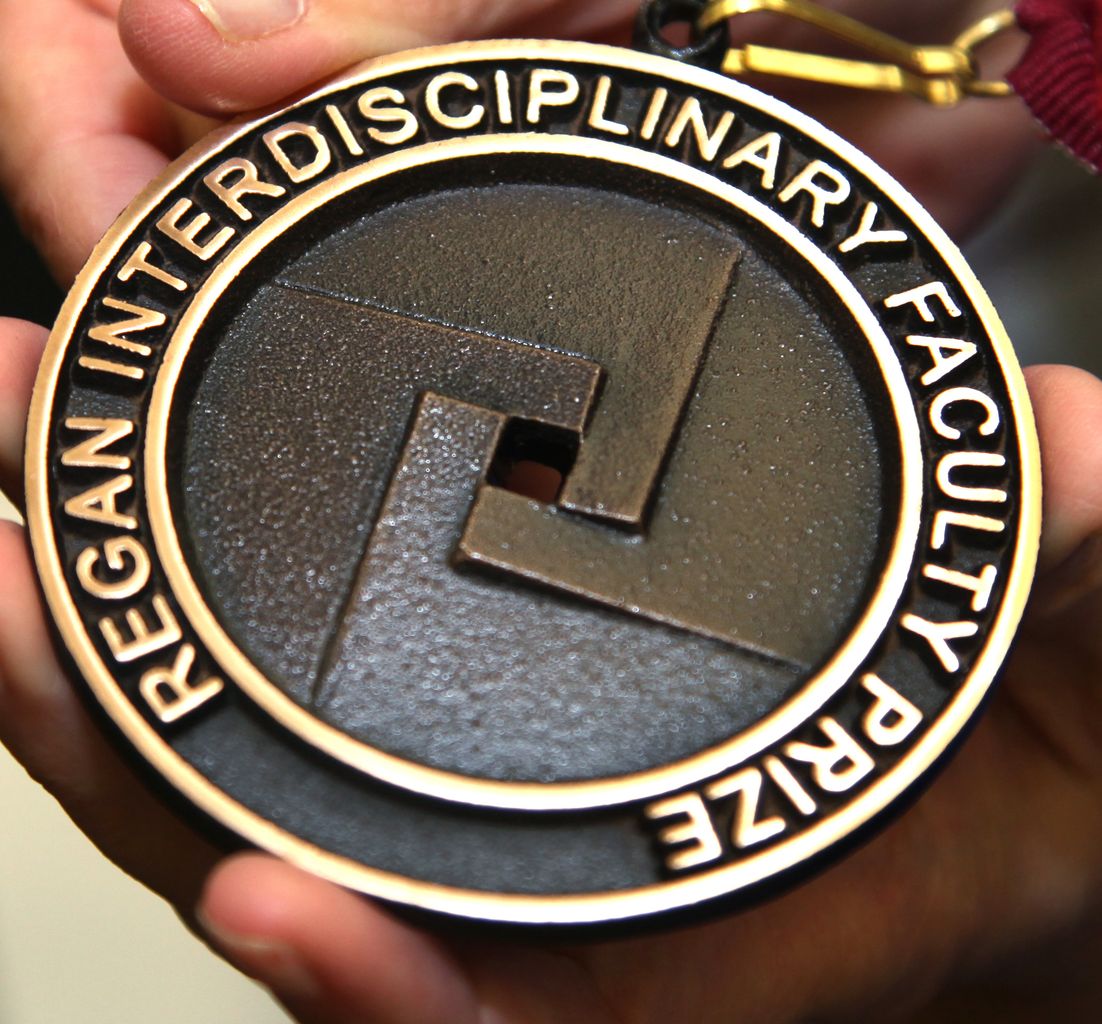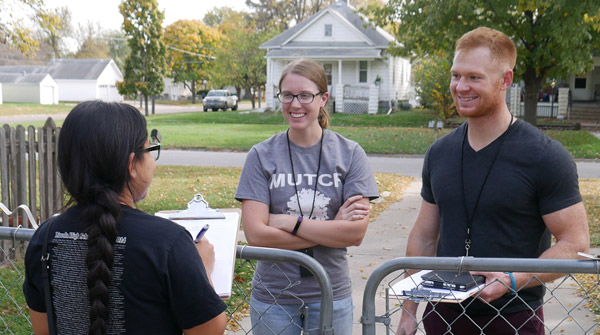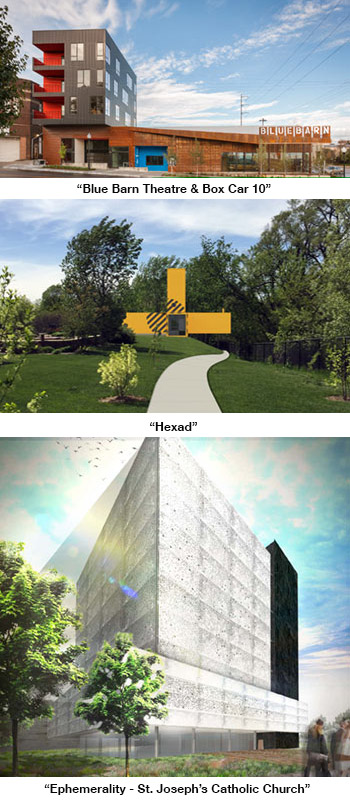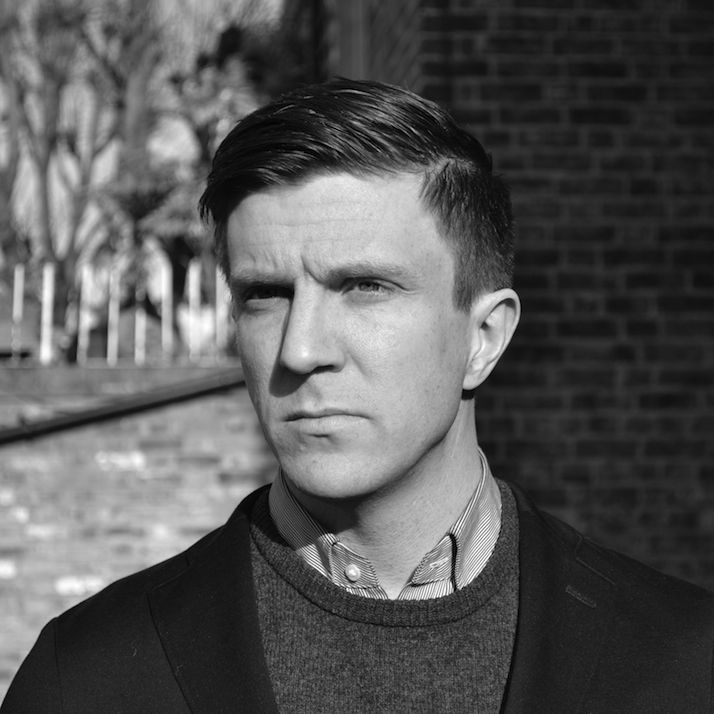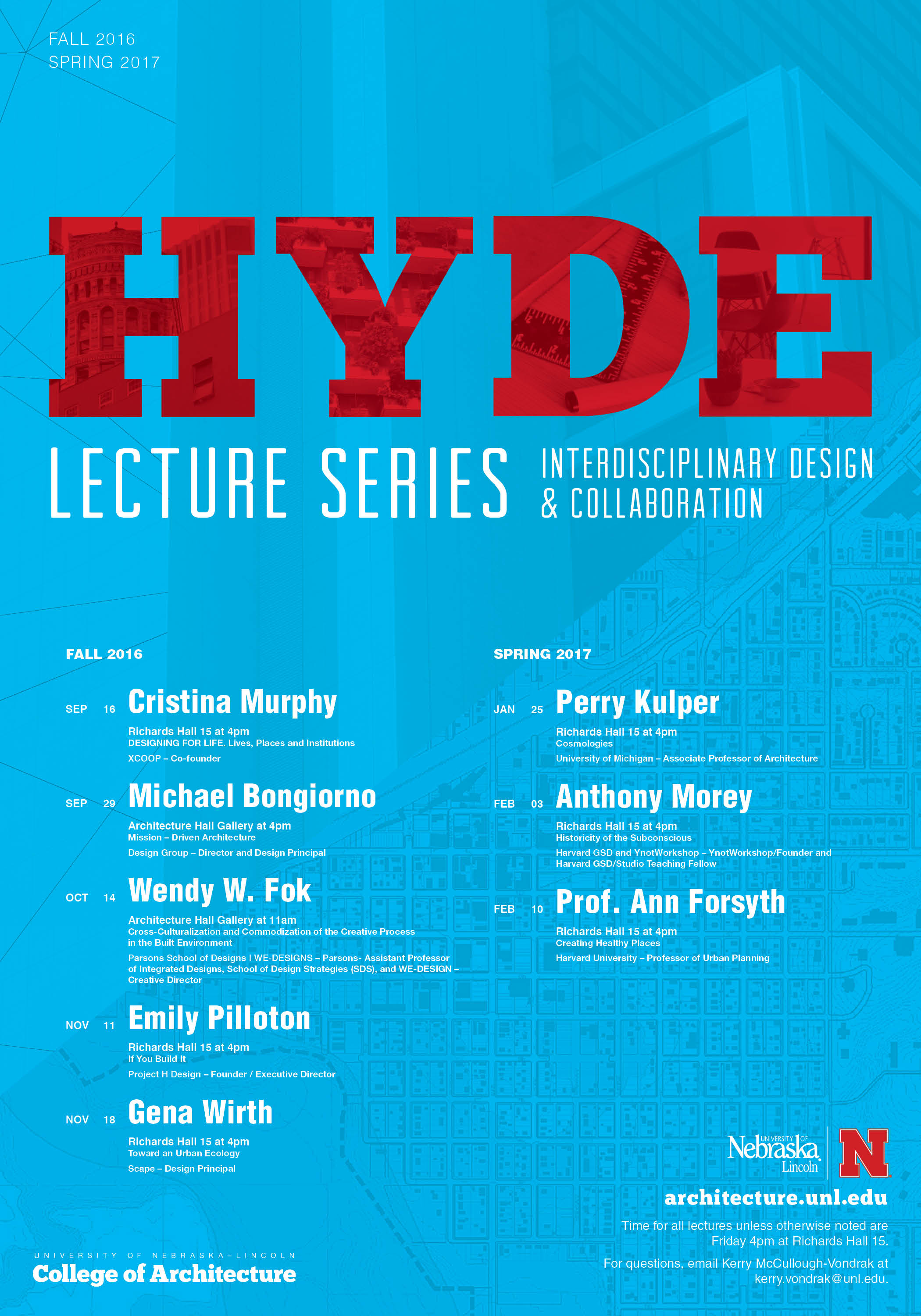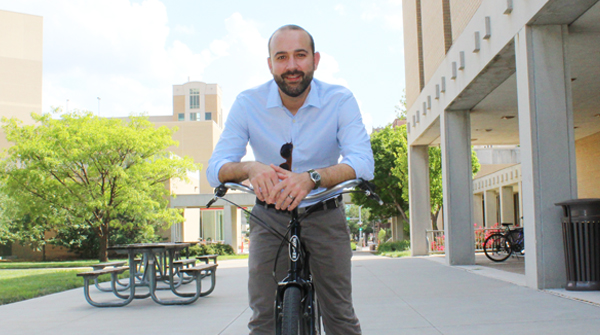University of Texas at Austin
Associate Professor Dr. Ming Zhang and Associate Professor Vincent Snyder have been promoted to the rank of full professor.
Professor Coleman Coker received an award from the Harris and Eliza Kempner Fund in Galveston to support his summer Gulf Coast DesignLab project, which will partner with the Texas Parks and Wildlife Department to design and build an environmental education pavilion in Galveston Island State Park. Associate Professor Uli Dangel’s new book, Turning Point in Timber Construction, was published by Birkhäuser Basel. Associate Professor Matt Fajkus was interviewed for two stories by Modern Austin. Together with other architects and designers in Austin, including Michael Hsu [BArch ’93] and Professor Kevin Alter, Fajkus expressed his opinions regarding “an Austin vernacular.” Matt Fajkus Architecture’s [Bracketed Space] House received local and international media attention. Featured on Arch Daily and Dezeen, this Austin contemporary house was recognized for design that “embraces rolling terrain.” The MF Architecture design team consisted of Matt Fajkus and David Birt, and the project was managed by Jayson Kabala and UTSOA alumnus Travis Cook [MArch ’12]. UTSOA’s Center for American Architecture and Design released Centerline 11: Critical Mass, edited by Interim Associate Dean for Graduate Programs Francisco Gomes and featuring the work of Ensemble Studio, Harquitectes, and Perraudin Architects. The Centerline series is edited by Kevin Alter. Associate Professor Fernando Lara developed a partnership with the Romano Guerra editorial house to publish bilingual books (English/Portuguese or English/Spanish) on the architecture of Latin America. The first two books of the series, “Latin America:Thoughts,” are now available as e-books and in print: Architecture and Nature by Abilio Guerra and Ode to the Void by Carlos Teixeira..
The United States Department of Transportation (DOT) has awarded a five-year, multimillion dollar grant to the School of Architecture and its consortium partners to fund a transportation center that will aim to enhance mobility in megaregions. The School of Architecture will receive $1.4 million for the 2016-17 fiscal year, with subsequent awards through 2020. The grant is one of 32 that will be awarded to lead consortia under the DOT’s University Transportation Centers Program. Dr. Ming Zhang, Associate Professor of Community and Regional Planning and faculty researcher in the Center for Transportation Research at UT Austin, will oversee the Cooperative Mobility for Competitive Megaregions, or CM-2 consortium. The CM-2 consortium, which UT Austin will lead, includes researchers from Louisiana State University, Texas Southern University, and the University of Pennsylvania.
Sinclair Black, FAIA, received the Medal for Lifetime Achievement in Honor of Llewellyn W. Pitts, FAIA, during the Texas Society of Architects 77th Annual Convention and Design Expo in San Antonio. Kory Bieg recently completed a temporary public art installation for the Waller Creek Conservancy’s 2016 Creek Show. Bieg also chaired the 2016 TxA Emerging Design + Technology conference for the Texas Society of Architects Convention and Design Expo. Interim Dean, Elizabeth Danze, FAIA, was featured in the November issue of Austin Woman Magazine. In the interview, Danze discusses her motivations for teaching. Danze also served as a keynote speaker during the Psychology of Architecture Conference December 4 and 5 on the UT Austin campus. Matt Fajkus Architecture, has received an international commendation at the 2016 Blueprint Awards ceremony in London. Benjamin Ibarra-Sevilla has been racking up prestigious awards for his book, Mixtec Stonecutting Artistry/El arte de la cantería mixteca. The Pan-American Biennale, which recently took place in Quito, Ecuador, honored him with the International Award on Theory, History, and Critique of Architecture, Urbanism, and Landscape for best publication. Miró Rivera Architects, firm of Associate Dean for Undergraduate Programs, Juan Miró, was named the 2016 Texas Architecture Firm of the Year by the Texas Society of Architects. Allan W. Shearer and former School of Architecture Dean Fritz Steiner have co-edited a special issue of the journal _Landscape and Urban Planning_ on the emerging practice of geodesign. Dr. Danilo Udovicki-Selb contributed chapters to three books, including “Between the Retour à l’Ordre and the Neue-Sachlichkeit: Jacques Gréber and the 1937 Paris World Fair” in ”EXPOSIÇÕES INTERNACIONAIS – ENTRE O JARDIM E A PAISAGEM URBANA. Do Palácio De Cristal Do Porto (1865) À Exposição De Paris (1937); “L’Exposition de 1937 n’aura pas lieu: The Invention of the Paris International Expo and the Soviet and German Pavilions,” inArchitecture of Great Expositions (London: ASHGATE), 2015; and “Between ‘Proletarian Vanguard’ and Establishment: Boris Iofan’s Two ‘World Pavilions,’” in Measuring Against the West: A History of Russian Exposition and Festival Architecture (Rutledge: Abingdon-on-Thames), 2016. UTSOA’s Center for American Architecture and Design has released two new Centerline volumes edited by UTSOA faculty: Unsettling Agenda, edited by Professor Wilfried Wang; and Critical Mass, edited by Interim Associate Dean for Graduate Programs, Francisco Gomes.

 Study Architecture
Study Architecture  ProPEL
ProPEL 